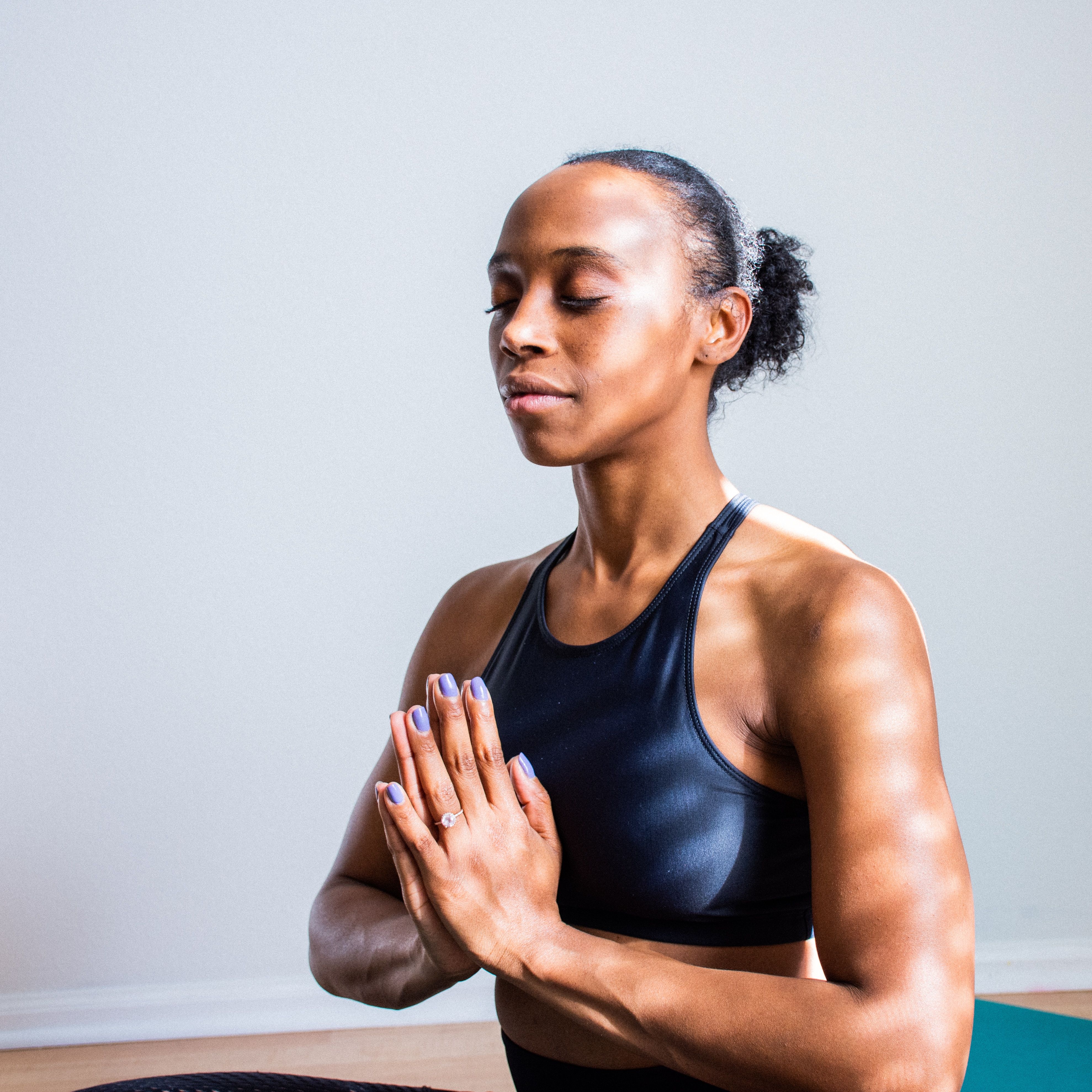We are all addicted to our mobile phones so it should come as no surprise that mobile internet use continues to supersede traditional desktop browsing. This is why the need for a multi device solution is crucial for brands, venues and retailers of all sizes. This is even more important for brands that sell online and we take a very specific approach to the development of Responsive eCommerce solutions.
Responsive eCommerce sites can help drive mobile sales by providing users with better user experience. (Hint – No More Pinch and Zoom to view a product image!) Using the recently launched Orlebar Brown as an example, we can see a clear continuity between the experience of the website across devices. The site is agile and adapts to the viewpoint of the user – not requiring users to adapt to the site! We have seen some great results since the relaunch – looking quickly at a sample between April 2013 and April 2014, we’ve seen that mobile sessions have seen an increase of 159% whilst revenue generated through mobile visitors has increased by 95% since the relaunch of the site.
At Propeller, we have always been a strong advocate for Responsive Web Design and have been advocated building this way since the very beginning of the technology in order to provide a rich, and bespoke user experience, regardless of a user’s device. Below are just a few things which we believe to be essential in delivering a technically sound and user enriching, responsive, eCommerce site.
The utilisation of off canvas menus.
The utilisation of off canvas menus for filtering products and serving menus can provide an un-intrusive design solution which also gives the user a native app feel. As opposed to traditional drop down filters which consume a large percentage of a users’ screen, off canvas menus can provide evidence of elements being loaded in the background letting the user know that their request is being processed.






